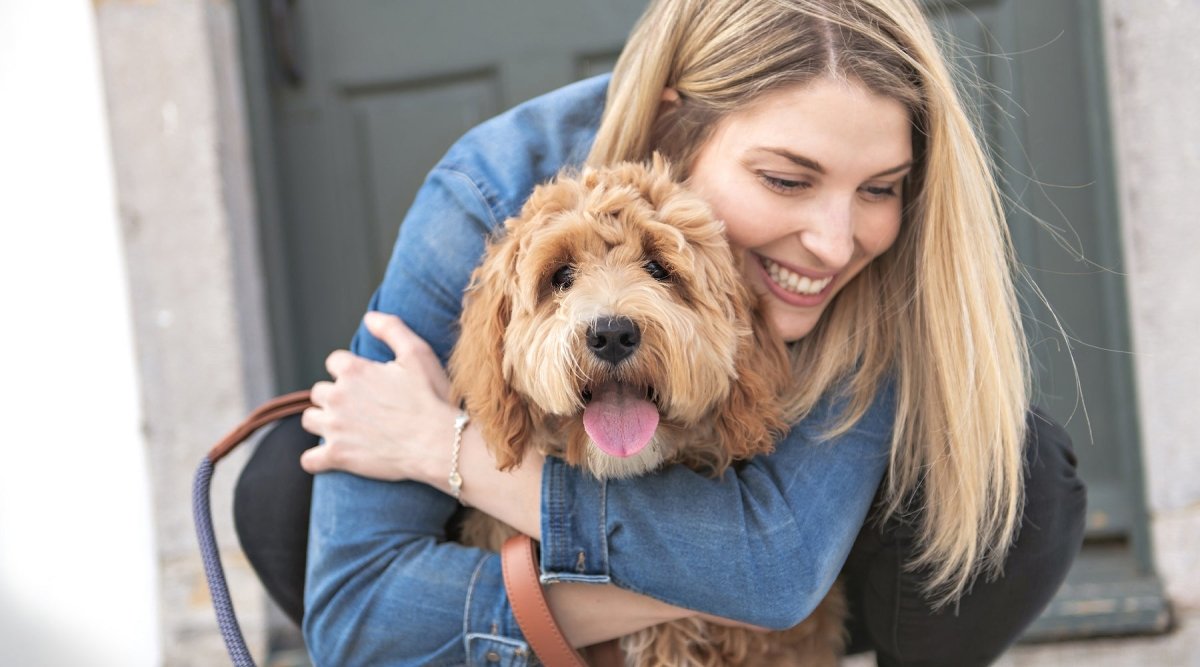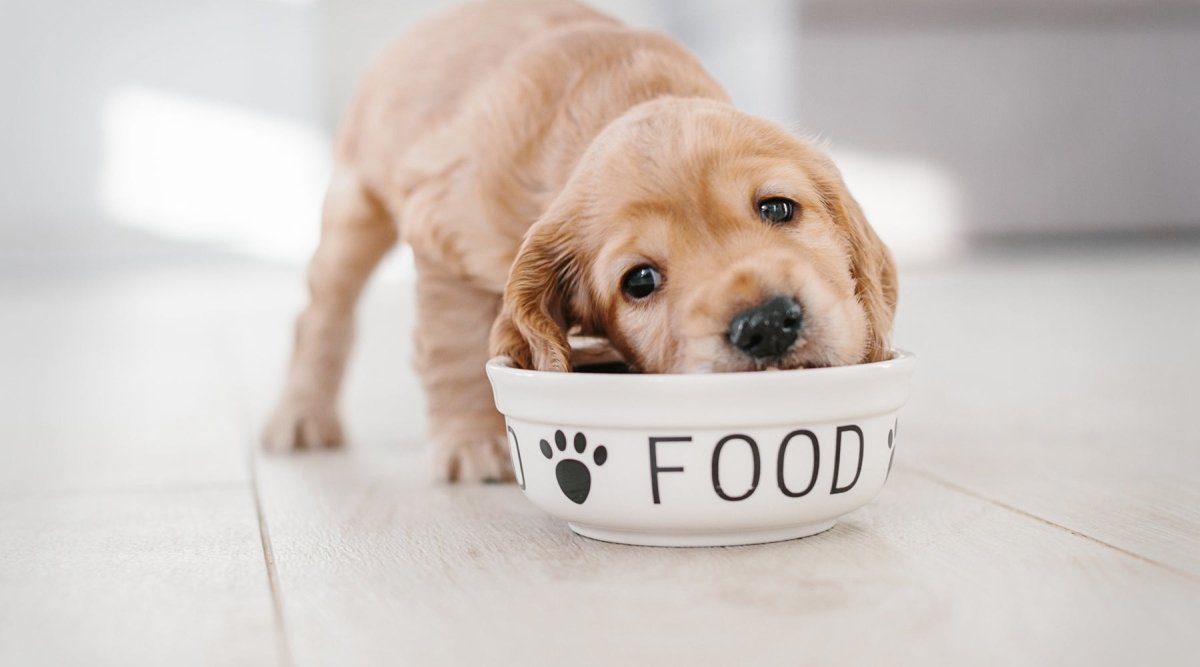In this article, we introduce you to the English-Scottish Border Terrier dog breed. Find out everything you need to know about this rough-haired companion and decide whether this little four-legged friend is right for you and your lifestyle.
Origin and history of the Border Terrier
The Border Terrier is a working animal and originally comes from the border region between England and Scotland. Hence the name Border Terrier. The breed dates back to the beginning of the 20th century and from then on spread to other European countries, although not as widely as in Great Britain and Scotland.
The Border Terrier was mainly bred for hunting. The dog was originally intended to run alongside the pack of foxhounds and keep up with the horses. Today, the little four-legged friend can still do this with ease. In addition, this hunting dog was not allowed to be particularly large, as it had to flush out the fox den on command. These light-footed, weather-resistant dogs are still used for hunting today.
Appearance Border Terrier
The Border Terrier reaches a height at the withers of 25 - 28 centimeters. They weigh between 5 and 7 kg, with males usually being heavier than females.
The Border Terrier's head is known as an otter head, which is also its trademark. It has button ears that are half erect. While the lower part of the ears is erect, the latter slopes forward. The ear canal is thus completely covered by the ears.
Even though the four-legged friend is a small to medium-sized dog, it is still very robust due to its breeding. Its coat is rough and bristly, as it is intended to protect it from the weather, in the undergrowth and when digging fox dens. The Border Terrier comes in different colors: red, wheat, tan, blue/ tan.
It also has the typical, cheeky and alert look of a terrier. Its dark eyes observe its surroundings attentively and with an alert expression.
Proper care of Border Terriers
Thanks to its short, rough coat, this four-legged friend requires little grooming, which is also uncomplicated. As a rule, it is sufficient to brush your Border Terrier's coat once or twice a week and check for possible parasites, dander and other skin and coat changes. You can also trim your Border Terrier's coat regularly or have it trimmed by a groomer.
Due to their hunting instinct, these dogs tend to dig in mud and dirt frequently. So the four-legged friend can't avoid bathing. To prevent their skin from drying out and to keep the pH value stable, you should use a dog-friendly shampoo. Special dog shampoos are adapted to the needs of the dog's skin and coat and ensure a shiny and easy-to-comb coat. But make sure that they are natural-based. For particularly sensitive Border Terriers, you should use a sensitive shampoo. Coconut oil for dogs is a tried and tested food supplement to support your pet's coat and skin and make it more resistant. Coconut oil can be used both internally and externally.
Otherwise, it is also part of the job of a Border Terrier owner to regularly inspect your pet's claws. If they are too long, you can trim the nails yourself with claw scissors for dogs. You can find out exactly how to do this in our article Trimming your dog's claws - how to do it without pain.
Border Terrier character and nature
The Border Terrier was bred as a hunting dog with a focus on digging out fox dens. However, it was also kept as a guard dog in horse stables or on farms. The terrier's preference is to hunt and chase away rodents such as rats or martens, and it is not uncommon for him to kill the animal.
The Border Terrier has a friendly nature and is not aggressive towards humans or other members of the same species. It adapts well to its human companions and does not shy away from animal housemates.
However, you should keep an eye on this active hunter in the garden: He tends to break out of gardens, as his thirst for adventure is only heightened by his hunting instinct and curiosity.
Although the Border Terrier is a small dog, it has a very pronounced urge to move due to its breeding. This urge to move must be satisfied by its owner, otherwise it can affect the mood of this bright and intelligent dog. He loves to chase, run and burn off energy. He easily keeps up when jogging and is also the right companion on long hiking routes. You can also train him professionally to hunt or have him trained and thus do justice to his nature. This small, robust four-legged friend doesn't like boredom at all, making it ideal for particularly active people.
The Border Terrier is not suitable as a first dog. If you want to buy a Border Terrier, you should already have some dog experience. Even as a puppy, the little rascal must be trained consistently and with clear guidance. Otherwise, its training can quickly go over your head.
This dog breed is also not recommended for older people with physical limitations. This is because these dogs are very active and require appropriate physical exercise.
Border Terrier diseases
Border Terriers are a very robust breed and live to be between 12 and 15 years old. Some dogs even reach a biblical dog age of 17 - 19 years. In our article How old do dogs get? you can find out which dog breeds have a particularly long life expectancy and which dogs have a rather low average age.
This dog breed can occasionally suffer from breed-typical diseases:
- Epilepsy
- heart disease
- Eye diseases such as progressive retinal atrophy
Inbreeding can also be a problem, as the Border Terrier population is rather small. A reputable breeder will show the pedigree of the dog and ensure that there are no cases of inbreeding in the breeding line.
Dog owners want their pets to grow particularly old and to spend a lot of time with them. However, this includes feeding the dog a species-appropriate and nutritious diet. Border Terrier food should therefore cover the dog's nutritional requirements. If this is not the case, there is a risk of malnutrition, secondary diseases and lethargy in the dog. Therefore, when choosing food for your Border Terrier, make sure that it is adapted to his needs.
Do you already know your dog's nutritional requirements?
An adequate supply of nutrients is essential, especially for Border Terriers. As the four-legged friend is very active, it needs an individual composition of its food.



